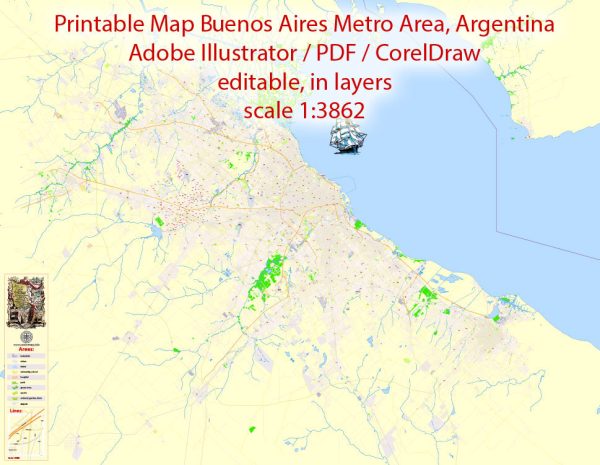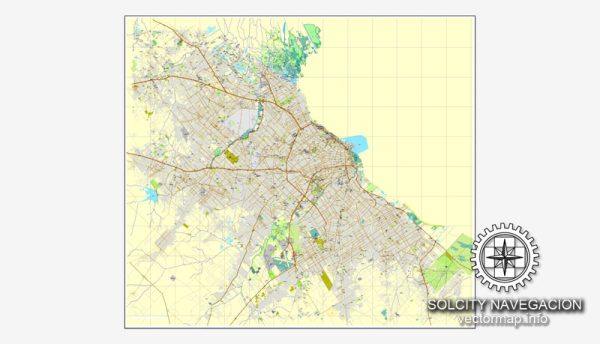Buenos Aires, the capital and largest city of Argentina, has a rich and fascinating history that spans several centuries. Here is a brief description of its history:
- Early Settlement: Buenos Aires was originally inhabited by indigenous peoples, including the Querandíes. Spanish explorer Pedro de Mendoza founded the city in 1536, but it was abandoned due to conflicts with indigenous groups. In 1580, Juan de Garay reestablished the city, leading to its eventual growth and development.
- Colonial Era: During the colonial period, Buenos Aires was a small, remote settlement on the fringes of the Spanish Empire. It was primarily used as a port for trade, but its population and importance grew gradually over time.
- British Invasions: In the early 19th century, Buenos Aires was a battleground during the British Invasions of the Río de la Plata (1806 and 1807). These invasions helped to foster a sense of local identity and resistance against foreign powers.
- Independence and Early 19th Century: Buenos Aires played a pivotal role in the Argentine War of Independence, which began in 1810 with the May Revolution. The city was the center of political and military activity, and in 1816, the Congress of Tucumán declared Argentina’s independence from Spain.
- 19th-Century Growth: Throughout the 19th century, Buenos Aires experienced significant growth, immigration, and urbanization. It became an important commercial hub, attracting waves of European immigrants. The city’s wealth and influence expanded as it served as a gateway for exports of Argentine agricultural products.
- Federalization: In the mid-19th century, Buenos Aires and the federal government clashed over power and centralization issues. This period, known as the “Conquest of the Desert,” also saw the expansion of the Argentine territory into the Patagonian region. Eventually, Buenos Aires became the nation’s capital in 1880, leading to the creation of the Autonomous City of Buenos Aires.
- 20th Century: Buenos Aires continued to grow and modernize during the 20th century. It was a center of cultural, political, and economic activity. However, this period was also marked by political instability, including the rise of Juan Domingo Perón and his wife, Eva Perón, in the mid-20th century.
- Military Dictatorships: In the 20th century, Argentina experienced periods of military rule, with Buenos Aires often at the center of political repression and human rights violations. The most notorious era was during the “Dirty War” (1976-1983).
- Return to Democracy: Argentina returned to democratic rule in the 1980s, and Buenos Aires has since played a significant role in the country’s transition to a democratic state.
- Contemporary Buenos Aires: Today, Buenos Aires is a vibrant and diverse metropolis. It is known for its rich cultural heritage, including tango music and dance, as well as its architecture, art, and culinary traditions. The city is also home to numerous universities and a thriving technology and startup scene.
Buenos Aires’ history is a complex tapestry of colonial influences, waves of immigration, political turmoil, and cultural evolution, making it a city with a unique and dynamic character.



 Author: Kirill Shrayber, Ph.D.
Author: Kirill Shrayber, Ph.D.